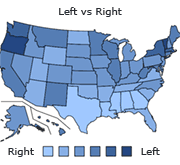ciis_psychopathology_fall2011_#2
This quiz is for a Psychopathology class taken at CIIS in the Fall of 2011. It goes over the common defense mechanisms as well as the Mental & Personality Disorders outlined in the DSM IV.
In particular this quiz goes over the three different classifications of the defense mechanisms as well as the most common Mental & Personality Disorders outlined in the DSM IV.

